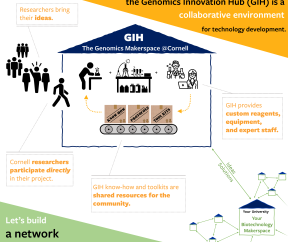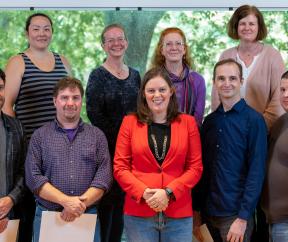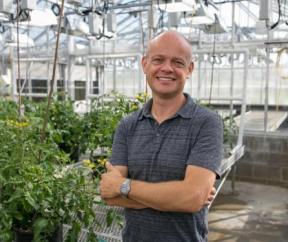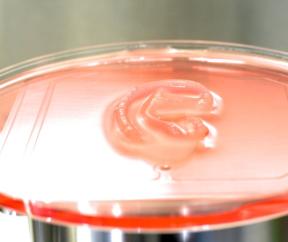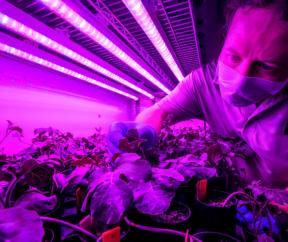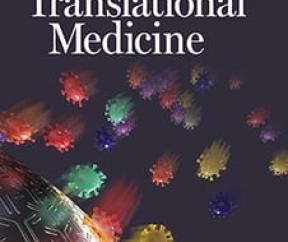Spotlights
March 16, 2023
Genomics Innovation Hub Seed Grant Proposals due April 24, 2023
March 2, 2023
We are pleased to announce our Fall 2022 Center for Life Science Enterprise/Center for Advanced Technology (CAT) call for grant proposals, administered by the Cornell Institute of Biotechnology (CIB).
December 2, 2022
Institute staff gathered to recognize our colleagues with years-of-service milestones in 2022
July 6, 2022
Jocelyn 'Joss' Rose, professor and recent chair of the Plant Biology Section in the School of Integrative Plant Science (SIPS), will begin his new appointment as the school's director on Aug. 1, 2022.
June 3, 2022
Incredible advances in 3D-Bioprinted materials and an amazing story of academic/industry partnership.
May 13, 2022
CNF and the Cornell Institute of Biotechnology (Biotech) partnered to further advance Cornell’s excellence in life science characterization and imaging capabilities. Under this arrangement, CNF provides partial support for one senior staff member in Biotech, and is integrating activities of this partnership into our user support and new project support process. CNF cleanroom and Biotech users are now able to mutually access resources in both centers. The expertise of the Biotech staff in imaging a wide range of materials will add considerably to our capabilities. Likewise, Biotech users will have easy access to CNF’s fabrication facilities and staff expertise. The mission of this partnership is to foster and enhance the convergence of research fields while unifying new approaches and ideas to inspire innovation and discovery.
March 1, 2022
We are pleased to announce our biannual Center for Life Science Enterprise/Center for Advanced Technology (CAT) call for grant proposals, administered by the Cornell Institute of Biotechnology (CIB). Starting with the current FY 21-22, we have two annual CAT grant deadlines, the first for this FY having occurred in November 2021 (cycle 1), and the second and current call occurring on March 31, 2022 (cycle 2).
February 10, 2022
Breeding Insight: Easing Genomic Selection for more Plant and Animal Breeders
February 10, 2022
Epigenomics and Bioinformatics Facilities Advance Visualization and Sharing of Life Science Data Sets
February 1, 2022
Proteomics and Metabolomics Facility contributes to enhanced understanding of antibody responses associated with COVID-19 severity.

